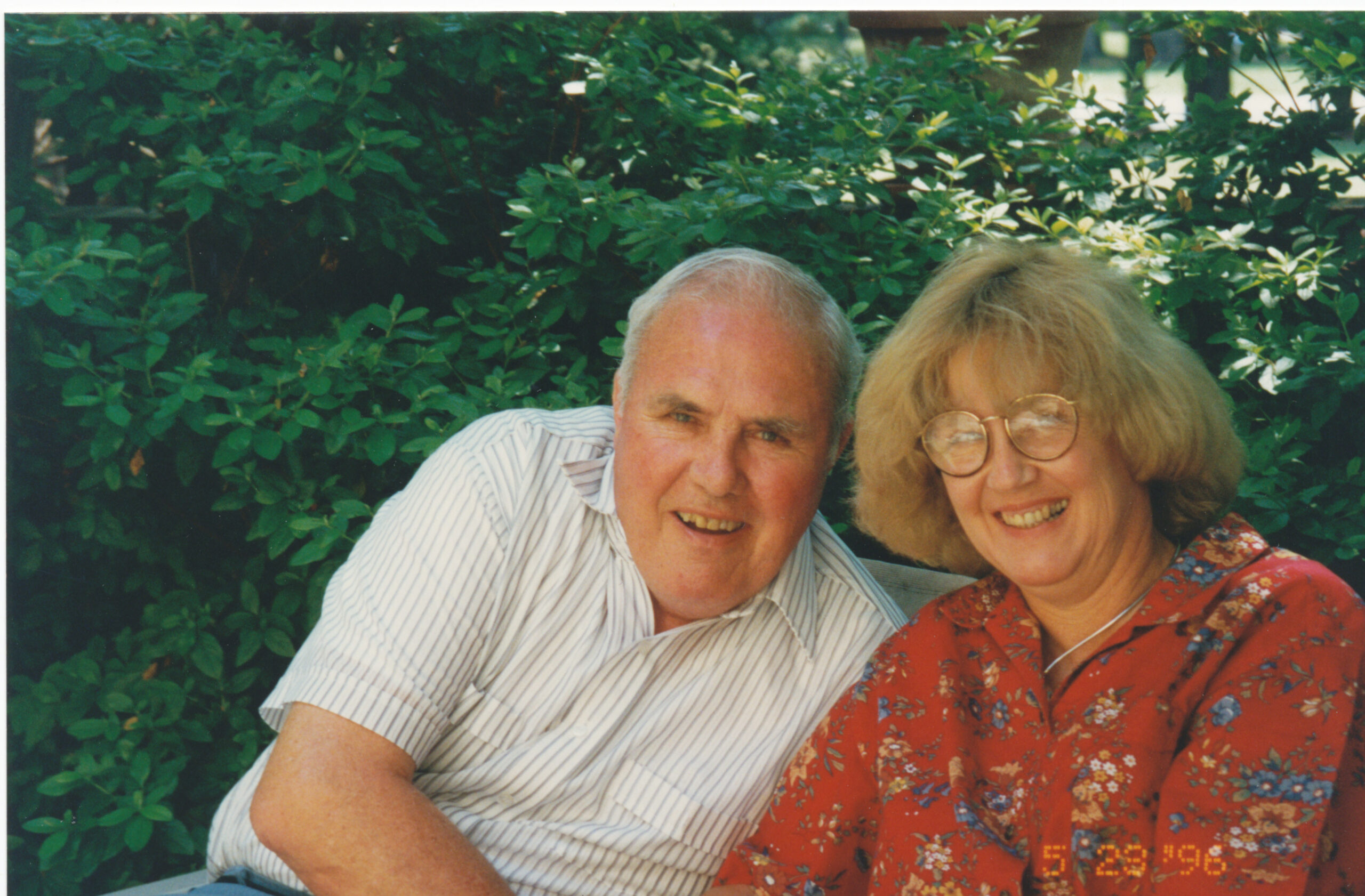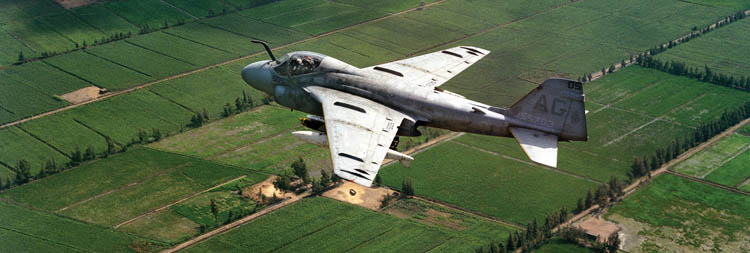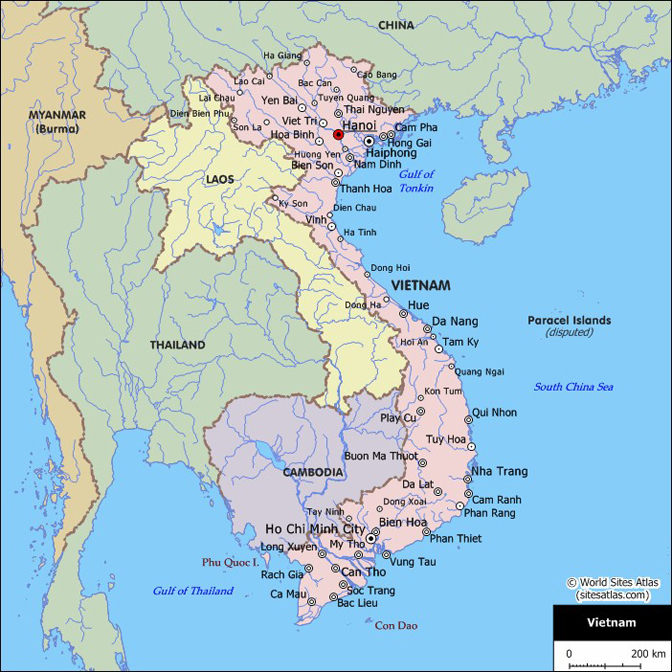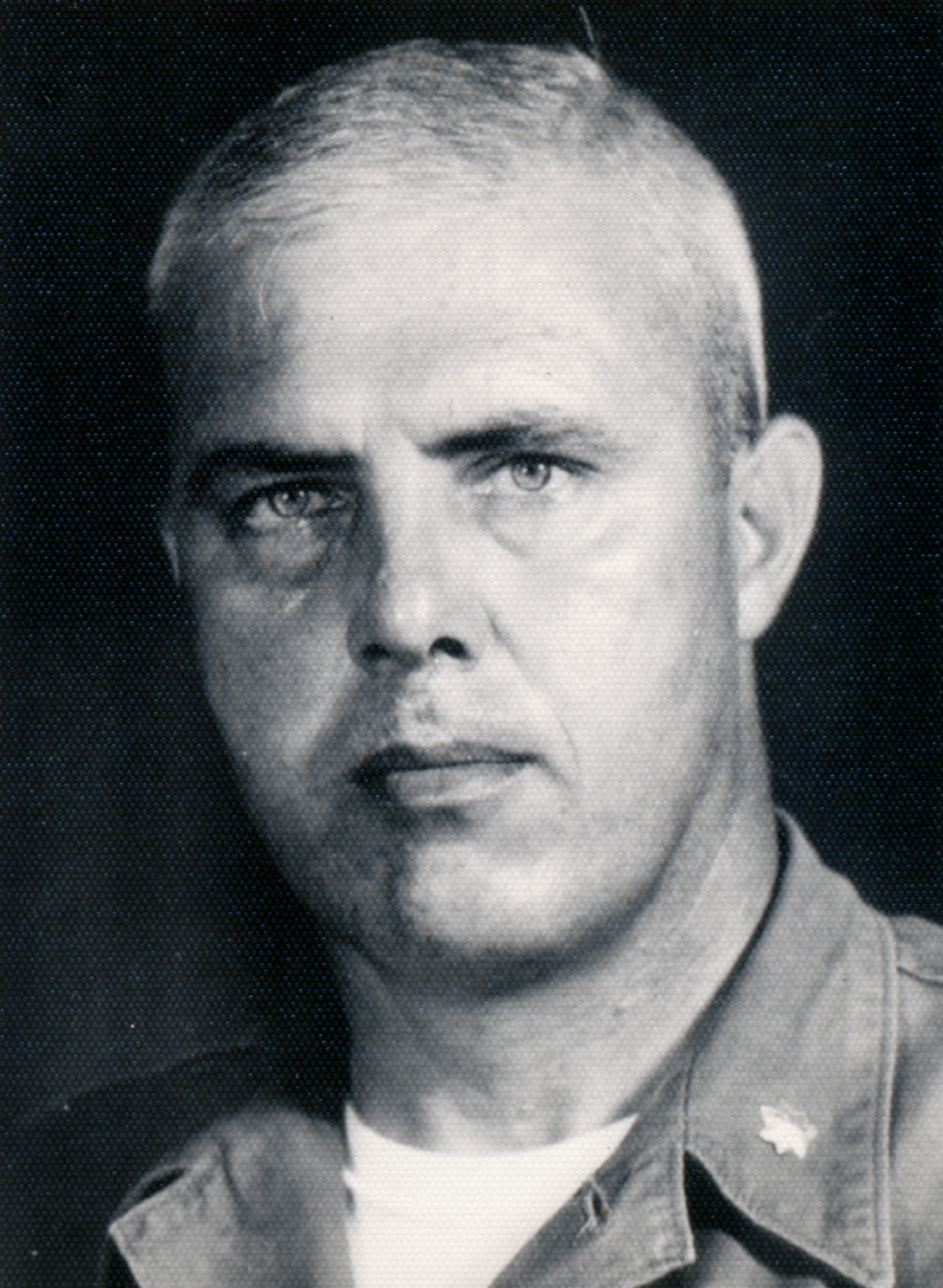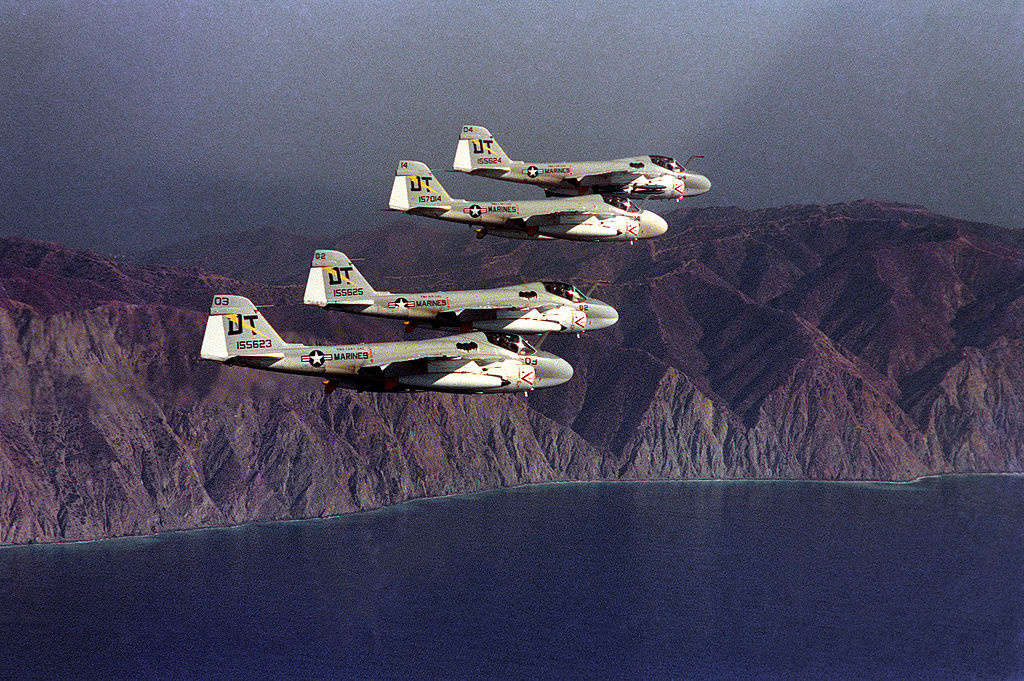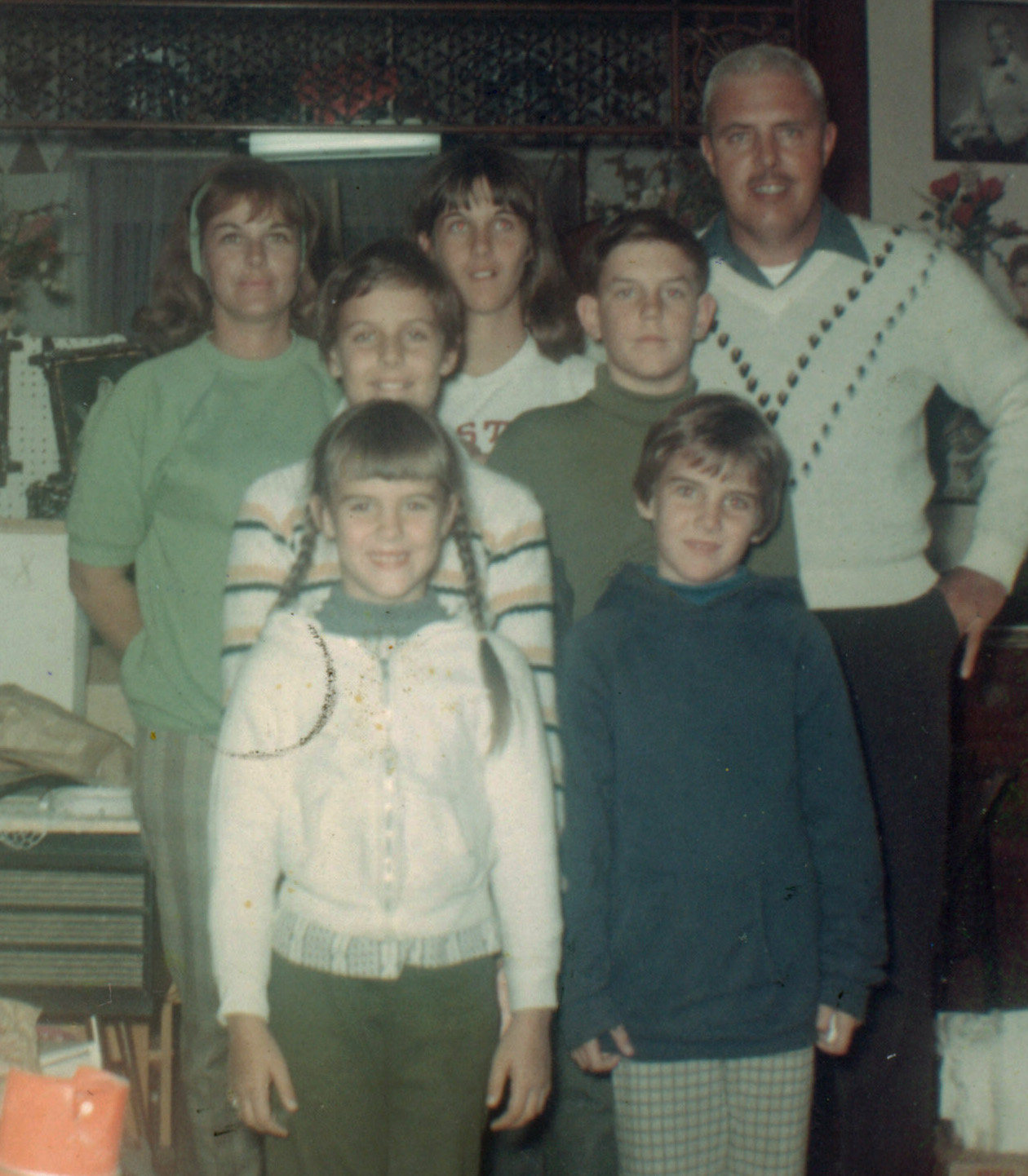Once in Da Nang, George, one of the pilots from the squadron I was going to join, came with a Jeep to pick up me and my baggage. He took us to the squadron area, and I left my baggage in a hut that was to be my home. Then we walked to the mess hall, and I was ready for a good meal. I met many people at the mess hall that I had known at Cherry Point. Everyone was interested in the new blood for it meant that they were one month closer to going home.
Breakfast tasted great. All you can eat – bacon, eggs, toast, coffee, and a few other choices if you want them. The food category appeared to be the one fact of life that might improve in the combat zone. I seldom ate at home. Coffee was always available in the ready room, and I could always find a sweet roll from the snack bar. There was outstanding food in GCI (ground-controlled interception) squadron when I was in Korea and Da Nang seemed to be almost as good. With the squadron flying the airplane that I would fly, the A6A Intruder, I could have gone to either Da Nang or Chu Lai. I chose Da Nang because I thought that I would receive my mail faster. I suppose that it didn’t make much difference, but Da Nang was my choice.
Checking into the squadron was like old home week. Everyone had been in one squadron or the other back at Cherry Point. I spent the next three days getting used to the weather and being briefed on the rules of engagement and all the problems of flying in Vietnam. Finally, I got to fly my indoctrination flight. This meant going up with another pilot and flying around the local area looking at all the fields that might be used for an emergency landing. These were Hue, Phu Bai, and Con Thien. Then we flew over to Ashau Valley to have a look around. We had twenty-eight 500-pound bombs on board and after looking over the valley, we were supposed to drop them on a target. The valley had been in the news before I left the States and there was a big story about an Air Force pilot getting caught at the field there and he went out on the wing of an AD Skyraider that another pilot had flown in to get him. I was amazed that he was able to hang onto the wing while the pilot flew him out.
After this, we looked at the Ho Chi Min Trail where it crossed into the valley, and we dropped six bombs on the path that crossed the mountain and went on to drop the rest of our load where a stream ran through the valley. A Colonel at the 1st Marine Air Wing decided this would be a good idea, so we dropped the bombs where the stream crossed the trail and, when the rains came, the VC wouldn’t be able to cross. It was a real mess down there because the bombs made a muddy mess. The only problem was that we didn’t have a monsoon season. Oh well, we dropped 22 five-hundred-pound bombs in the mess and then we went home.
My first combat flight was back into the valley. It was a daytime flight, and you don’t get many daytime flights. Once again, I spent considerable time looking at things in the valley. Later, I worried whether I was being fired on by the VC (Viet Cong) from the mountains on either side of me. I thought that it might be really bad to get shot down by rifle fire. The mountains were only about three miles apart and the Ashau Valley ran down between them.
Once again, I dropped either six or twelve bombs on the trail and put the final bombs down below on the dump where the stream crossed the trail. I went back to Da Nang and made a practice GCA (ground-controlled approach) landing and called it quits for the day.
I eased into the “Rolling Thunder” flights. This was an Air Force code word for missions north of the DMZ (demilitarized zone). We normally worked the area between the sixteenth and seventeenth parallel which was an area about 65 miles long by 30 miles wide. The Ho Chi Min Trail was on the western edge of the area, and I can’t believe anyone could live anywhere in the area because we were up there nightly dropping bombs. We would take off from Da Nang with a load of 28 500-pound bombs. This area was called the “Tally-HO” area and was only 20 minutes or about 100 miles north of Da Nang. We would come in from the sea and turn our lights off before crossing the shore. Then we would look for moving targets for about fifteen or twenty minutes, drop our load of bombs on our pre-briefed targets or we could drop them on any other target we wanted to, but we had to put at least 6 bombs on the pre-briefed target. Then we went back out to sea, put our lights on and went home. The reason that I can’t believe that anyone was able to live there was because we went up there every night and we would drop the bombs anywhere in the 60 miles. It must have been a terrible place to live because bombs were going off all night long. We had sixteen planes, and the Air Force and others hit the area during the daytime. Most of our pre-briefed targets were a truck park or a ferry crossing. Sometimes it would be an airfield, a grass strip that was impossible for an aircraft of any size to use. I would love to go to this area to see what it looks like today.
Occasionally I received anti-aircraft fire on some missions and the next day I would spend most of my time looking at aerial photos trying to determine where they had guns set up. I would drop my bombs on this area until I was shot at again. I only saw fire once after dropping my bombs. I really don’t know what it was that I hit but after the bombs went off, something on the ground lit up, possibly a truck or a fifty-five-gallon drum of gasoline.
My next mission was a night mission, and it could be at any time during the night. I thought that 4 or 5 AM was the best time and everyone would be tired or asleep, but I had to fly when I was told to fly the mission. We had 28 500-pound bombs and flew up and down throughout the 65 miles of the area just north of the DMZ. We had been briefed on a target and we had to drop 6 bombs on this target. The rest of the time we looked for moving vehicles.
Occasionally, I would have a Rolling Thunder flight and I would put more effort into this flight just because of the location. Our targets on these flights were usually a military installation, a bridge, or some other infrastructure. Since these were only occasional flights, I didn’t pay much attention to them unless they were near Hanoi or a place deep up north.
In late October we were assigned a target on a bridge that was just east of Hanoi. Hugh was the pilot and Steve was his B/N (bombardier/navigator). We all knew about the mission and, of course, worried whether Hugh would make it back alright. That night, they had a target time of ten o’clock. When their time came to return, there was no sign of Hugh’s plane and we all tried to think of a reason for the plane to be at another field or somewhere else. It turned out that nothing was possible except that Hugh and Steve were knocked down. It made a big difference in the squadron for the next few days. Hugh had called ‘feet dry’, a code word we had for announcing that we had crossed the beach but there was no call of “feet wet” as reported by another plane that was in on the mission. Now we had two men missing in action.
Lynn’s note: Hugh and Steve were both KIA (Killed in Action) that night per a list of VIETNAM AIR LOSSES, USAF/USN/USMC compiled by Chris Hobson and Grumman Aircraft Corporation and reissued 1992.
This was followed a month later by the commanding officer of the squadron being knocked down on a Rolling Thunder mission. Lew lived next to me in Cherry Point. He was going on R & R in Hawaii to meet his wife just about a week later. It’s terrible to lose somebody and it is unusual to lose the commanding officer, but it happened to us. Lew wasn’t the greatest pilot in the world and did some things that weren’t highly recommended. It was said that he would come in at 500 feet or below, drop his load of bombs, and pull up to 1500 feet then continue at this altitude.
Lynn’s note: Lew and Bob (his navigator/bombardier) were both KIA that night per the list of VIETNAM AIR LOSSES, USAF/USN/USMC compiled by Chris Hobson and Grumman Aircraft Corporation, reissued 1992.

